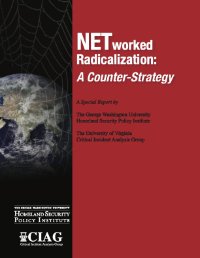By Vidhya Ramalingam
Far-right extremism remains a worrying problem across Europe. The most visible cases are those that hit the headlines, such as the discovery of the National Socialist Underground in Germany or Anders Behring Breivik’s attacks in Norway. In the past decade, both Hungary and Sweden were hit by a string of serial murders of Roma and ethnic minorities. Though attacks of this magnitude and scale remain rare, they are not unheard of. In some cases, those personally touched by these violent attacks are still fighting for justice. While high-profile and high-impact events hit the headlines, the bulk of the threat posed by the far right is felt through smaller-scale localised harassment, bullying and hate crime by extremists targeting minority communities. These kinds of incidences often go undetected, and indeed they are hard to quantify. They manifest in the sectioning off of some local areas as no-go zones for ethnic minorities, graffiti of far-right symbols on mosques and synagogues, or threats received by individual members of the community. Those carrying out these actions – far-right extremists – are a broad group, ranging from less ideological youth street gangs to neo-Nazi terrorist cells, anti-Islam activists and registered political parties. Though they differ in their aims and methods, there are some defining features: racism, xenophobia, ultra-nationalism and authoritarianism.
London: Institute for Strategic Dialogue, 2014. 77p.





















